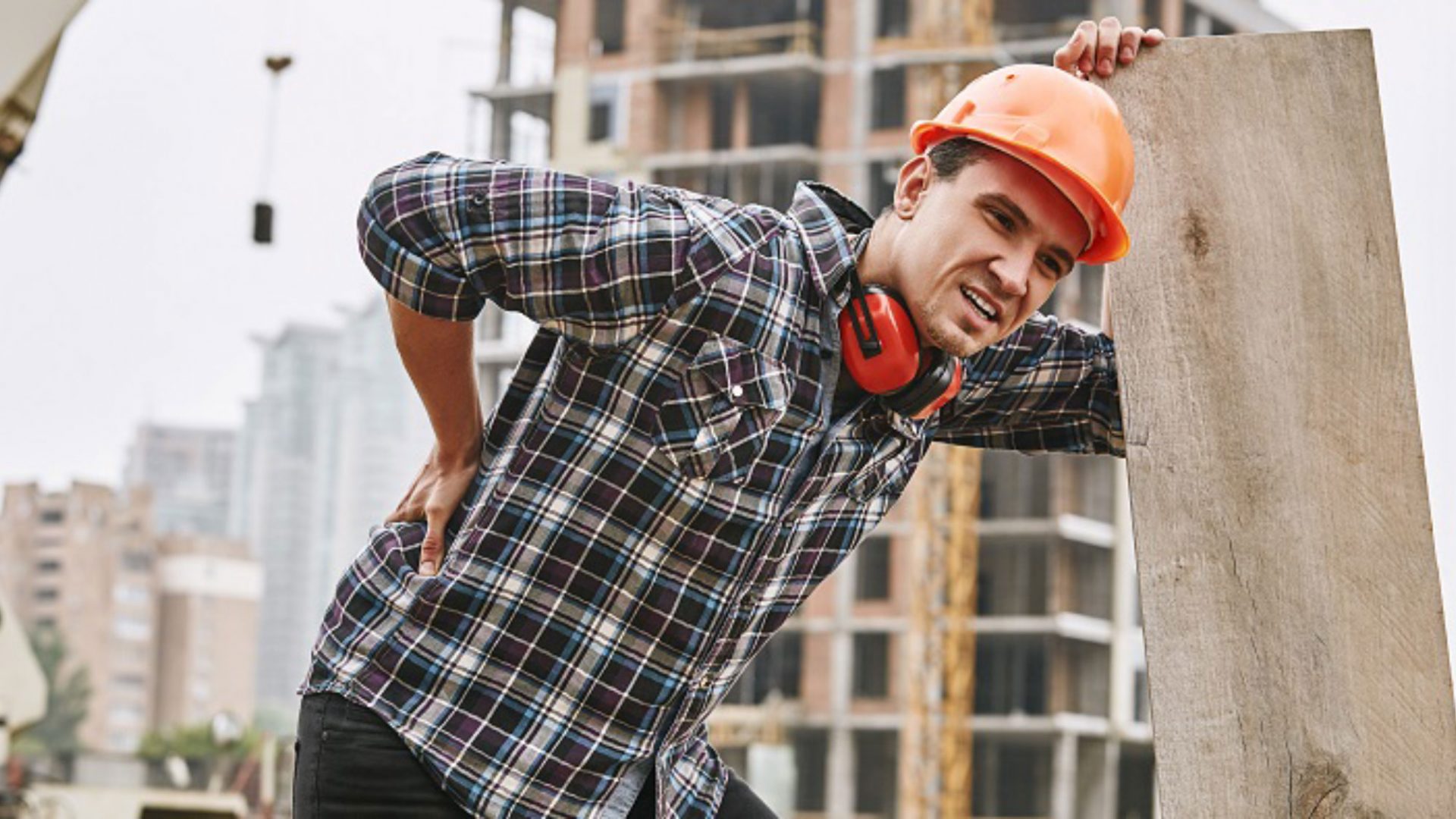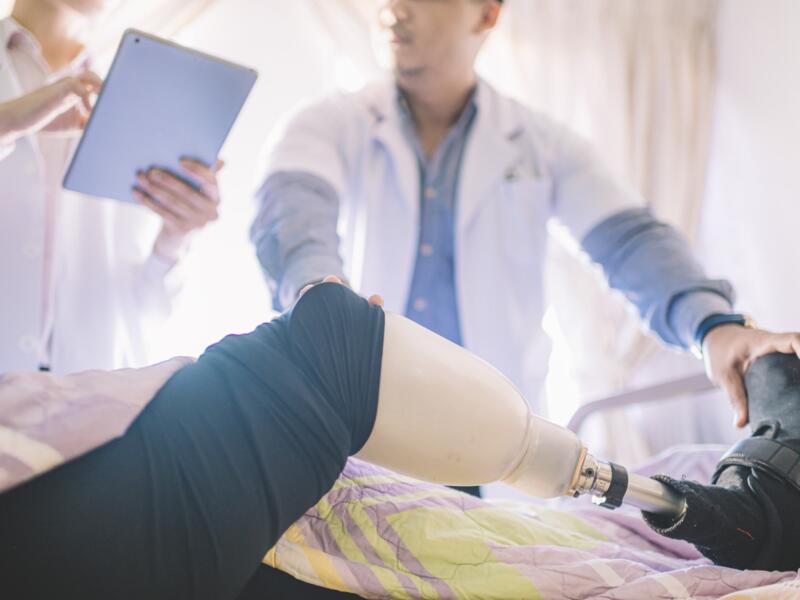
Construction sites are bustling with activity, but they can also be dangerous if proper precautions aren’t taken. Understanding the common causes of construction injuries and knowing how to prevent them is crucial for anyone involved in the industry. This article will provide insights into construction site safety, safe work practices, and construction injury prevention.
Understanding Construction Site Safety
Construction sites are full of potential hazards, from heavy machinery to high scaffolding. Safety on these sites is paramount, not just for the workers but also for the overall success of the project. Safe work practices and a strong safety culture can significantly reduce the risk of accidents.
The Importance of Safety Training
Training is a key component of construction site safety. Workers need to be educated about the risks associated with their tasks and the measures they can take to protect themselves. Regular safety training sessions ensure that everyone on site understands the best practices and safety protocols.
Common Hazards on Construction Sites
Construction sites contain numerous hazards, and recognizing these is the first step in preventing injuries. Some of the most common hazards include:
- Falls: Working at heights, such as on ladders or scaffolding, poses significant risks.
- Struck-by Incidents: Workers can be injured by falling or swinging objects, such as tools or materials.
- Caught-in/between Hazards: This can occur when workers are caught in or compressed by equipment or collapsing structures.
- Electrocution: Contact with power lines or faulty electrical systems can lead to serious injuries.
Safe Work Practices
Implementing safe work practices is essential to minimize risks and prevent injuries on construction sites. Here are some effective strategies:
Personal Protective Equipment (PPE)
PPE is a crucial line of defense against injuries. Workers should always wear appropriate PPE, such as hard hats, gloves, goggles, and steel-toed boots. Ensuring that PPE is well-maintained and fits properly is also important.
Proper Equipment Use
Using equipment correctly can prevent many accidents. Workers should be trained to operate machinery safely and understand how to use tools properly. Regular equipment inspections and maintenance can also prevent malfunctions that could lead to injuries.
Site Organization
Keeping the construction site organized can reduce the risk of accidents. This includes clearly marking hazardous areas, ensuring pathways are clear, and storing materials safely. An organized site is a safer site.
Regular Safety Inspections
Conducting regular safety inspections helps identify potential hazards before they become accidents. These inspections should be thorough and involve checking equipment, reviewing safety protocols, and ensuring compliance with safety regulations.
Preventing Construction Injuries
Prevention is key in reducing construction injuries. By understanding the common causes of accidents and implementing preventive measures, the risk of injuries can be significantly lowered.
Fall Protection
To prevent falls, use guardrails, safety nets, and personal fall arrest systems. Ensure that scaffolding is properly erected and maintained. Workers should also be trained in ladder safety and understand the importance of using fall protection equipment.
Avoiding Struck-by Incidents
To prevent struck-by incidents, always secure tools and materials at heights. Use barriers to protect workers from moving equipment and vehicles. Workers should also wear high-visibility clothing to increase their visibility on site.
Reducing Caught-in/between Hazards
Ensure that machinery has the necessary guards and that workers are trained to keep a safe distance from moving equipment. Regular maintenance and inspections of equipment can prevent unexpected malfunctions.
Electrical Safety
To prevent electrocution, make sure that all electrical installations comply with safety standards. Workers should be trained to recognize electrical hazards and know how to work safely around them. Use ground-fault circuit interrupters (GFCIs) to protect against electrical shocks.
Building a Safety Culture
Creating a culture of safety is essential in preventing construction injuries. When everyone on site prioritizes safety, the risk of accidents decreases. Here are some ways to build a safety culture:
Encourage Open Communication
Workers should feel comfortable reporting hazards and suggesting improvements. Encourage open communication about safety concerns and take immediate action to address them.
Lead by Example
Supervisors and managers should model safe behaviors and reinforce the importance of safety protocols. When leadership takes safety seriously, it sets a positive example for everyone on site.
Continuous Improvement
Safety procedures should be regularly reviewed and updated. Encourage feedback from workers and use it to improve safety measures. Staying informed about new safety technologies and practices can also enhance the site’s safety.
Conclusion
Construction site safety is a critical concern that requires attention and effort from everyone involved. By understanding the common causes of construction injuries and implementing safe work practices, it’s possible to create a safer work environment. Prevention is key, and with the right measures in place, the number of construction injuries can be reduced significantly. Remember, a safe construction site is not just about compliance; it’s about protecting lives and ensuring the success of the project.
Secure Your Future: Expert Legal Support for Construction Site Injuries
If you or a loved one has been injured on a construction site, it’s essential to have experienced legal support to navigate the complexities of personal injury claims. Contact 612-Injured, Minnesota’s Personal Injury Attorneys, for expert legal guidance and support. Our team is dedicated to ensuring that you receive the compensation you deserve. Don’t wait—reach out today to protect your rights and secure your future.


